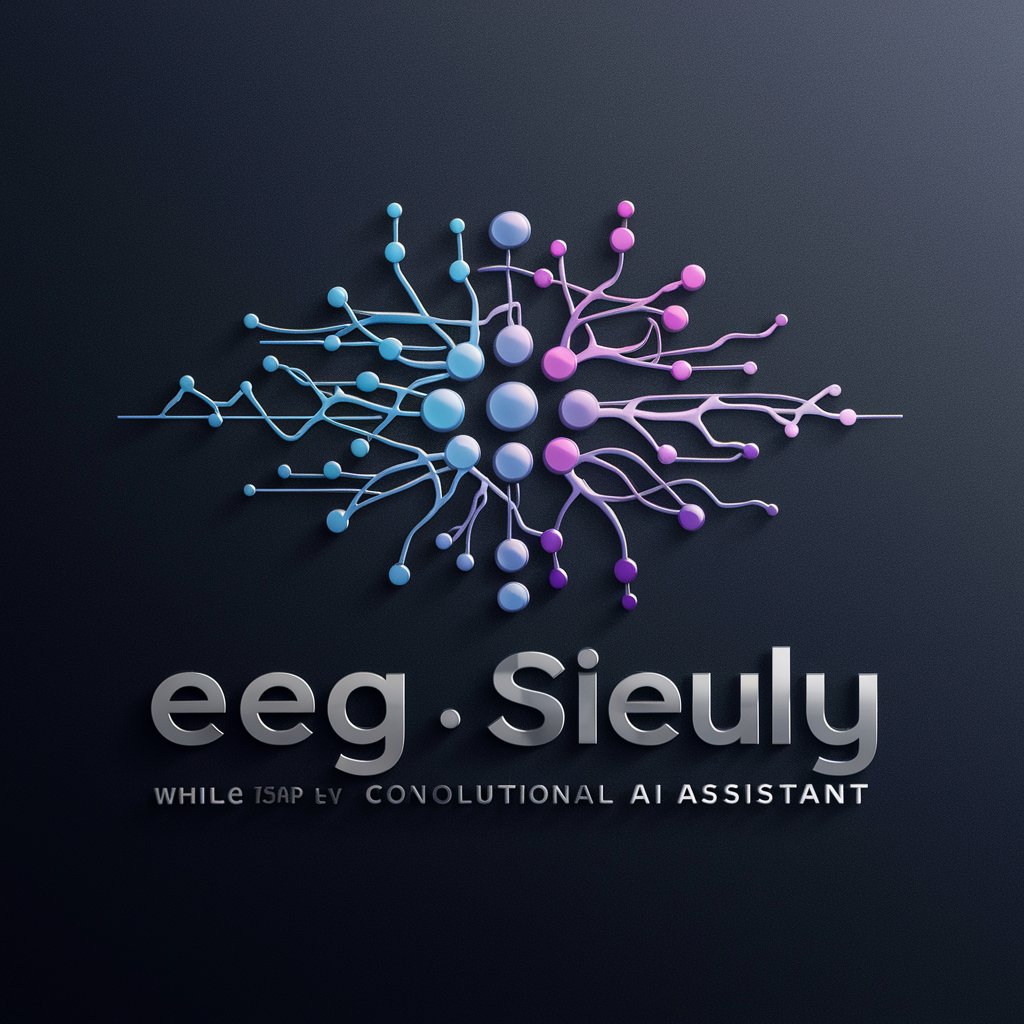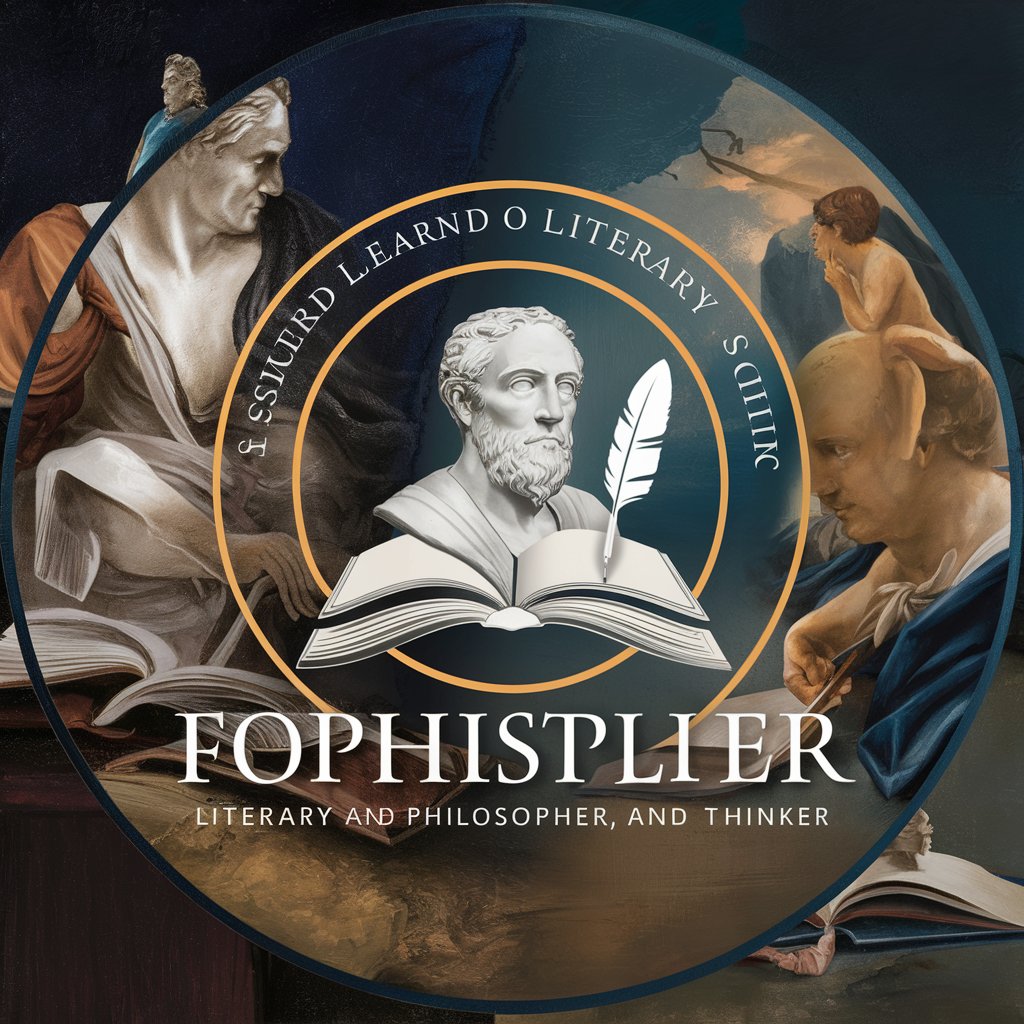SpikingJelly使用助手 - SNN Development Framework

Hello! Ready to dive into EEG classification with SpikingJelly?
Empowering neuromorphic computing with AI
Explore SpikingJelly's advanced features for...
Learn how to implement CNNs with PyTorch and SpikingJelly to...
Dive into EEG classification using SpikingJelly and...
Unlock the potential of spiking neural networks with...
Get Embed Code
Introduction to SpikingJelly使用助手
SpikingJelly使用助手 is a specialized assistant designed to help users leverage the capabilities of SpikingJelly, a Python library for building, simulating, and training spiking neural networks (SNNs). The assistant's primary purpose is to guide users through the process of using PyTorch and SpikingJelly to develop SNNs for various applications, including EEG classification problems. For example, it can provide assistance in converting artificial neural networks (ANNs) to SNNs, a common task in neuromorphic computing, by explaining the steps involved in the conversion process and how to implement it using SpikingJelly's API. Additionally, it can offer guidance on creating SNN architectures for specific tasks, like EEG signal classification, by suggesting network configurations, neuron models, and learning algorithms. Powered by ChatGPT-4o。

Main Functions of SpikingJelly使用助手
ANN to SNN Conversion
Example
The assistant can guide users in converting a pre-trained CNN for MNIST classification into an SNN. This involves using the `ann2snn` module and selecting appropriate conversion methods, such as MaxNorm or RobustNorm, to ensure the SNN's performance closely matches the original ANN.
Scenario
A researcher wants to deploy a power-efficient version of a CNN on a neuromorphic chip. The assistant provides step-by-step guidance on converting the ANN to an SNN, choosing conversion parameters, and validating the SNN's accuracy on the MNIST dataset.
Building SNNs from Scratch
Example
The assistant offers detailed explanations and code examples for creating SNNs using SpikingJelly's neuron models and layers. It could illustrate how to build a network with Convolutional and Fully Connected layers for Fashion-MNIST classification.
Scenario
A student is working on a project to classify fashion images using SNNs. The assistant helps them design the network architecture, select neuron models like LIF neurons, and implement the network using SpikingJelly.
Simulating and Training SNNs
Example
It provides instructions on simulating SNNs over multiple time steps and employing learning algorithms like STDP for training. An example could be training an SNN on the DVS Gesture dataset using event-based data.
Scenario
An engineer wants to create a gesture recognition system with an SNN. The assistant explains how to process event-based data, simulate the SNN for real-time gesture recognition, and apply STDP for unsupervised learning.
Ideal Users of SpikingJelly使用助手 Services
Neuromorphic Computing Researchers
Researchers focused on neuromorphic computing and SNNs would benefit from using the assistant to explore cutting-edge algorithms, convert ANNs to SNNs for neuromorphic hardware, and understand the intricacies of spiking dynamics in neural networks.
Students and Educators in Computational Neuroscience
Students learning about neural computation and educators teaching courses in computational neuroscience can use the assistant to demonstrate concepts, simulate neural networks, and provide hands-on experiences with SNNs using Python and PyTorch.
AI and ML Engineers
Engineers working on AI and machine learning projects, especially those involving time-series data or energy-efficient computing, can leverage the assistant to design, simulate, and train SNNs for their applications, benefiting from the temporal dynamics and low-power advantages of SNNs.

How to Use SpikingJelly使用助手
Start without hassle
Begin your journey at yeschat.ai to experience a hassle-free trial, no login or ChatGPT Plus subscription required.
Installation
Ensure Python and PyTorch are installed on your system. Then, install SpikingJelly by running 'pip install spikingjelly'.
Explore Documentation
Dive into the official SpikingJelly documentation to understand the basics and explore tutorials on various neural network models.
Experiment with Examples
Utilize the provided examples as a starting point. Adapt them to your specific EEG classification problem by modifying the network architecture or parameters.
Develop and Train
Build your convolutional neural network (CNN) using SpikingJelly's components. Train your model on EEG dataset, adjusting hyperparameters for optimal performance.
Try other advanced and practical GPTs
脉脉客服-小林
AI-powered support for professional networking

读书笔记逻辑大师
Streamline Your Studies with AI-Powered Note Organization

BNI Growth Advisor
Empowering Your Network, Enhancing Your Success

ranking
Discover Top AI Tools, Powered by User Engagement

个人职业生涯规划
Empowering your career journey with AI.

BruceJoy
Empowering innovation with AI-driven insights

哲学之舟
Empowering thoughts with AI wisdom

哲学家
Illuminate Your Philosophical Journey with AI

哲学家matt
Empower Your Mind with AI-Driven Wisdom

稻盛哲学 AI
Empower Your Life with Inamori Philosophy AI

我的哲学理想
Enrich Your Texts with AI-Powered Philosophical Depth

精益创业(创业者必看、脸书成功的秘诀)
AI-powered Lean Startup Accelerator

SpikingJelly使用助手 Q&A
What is SpikingJelly?
SpikingJelly is an open-source deep learning framework designed for Spiking Neural Networks (SNNs), providing tools and modules to facilitate the development and research of SNNs and neuromorphic computing.
How do I convert an ANN to an SNN with SpikingJelly?
SpikingJelly offers tools for converting Artificial Neural Networks (ANNs) to Spiking Neural Networks (SNNs). You can use the 'ann2snn' module to perform this conversion, adjusting for optimal conversion parameters like quantization steps.
Can SpikingJelly simulate real-time neural data processing?
Yes, SpikingJelly can simulate real-time neural data processing by leveraging its efficient spiking neuron models and event-driven simulation capabilities, making it suitable for tasks like EEG classification.
Is it possible to use SpikingJelly for large-scale SNNs?
Absolutely, SpikingJelly is designed to support large-scale SNNs. It provides efficient implementation of spiking neurons and synaptic connections, allowing for the training and simulation of networks on a large scale.
How can I improve the performance of my SNN model in SpikingJelly?
To improve your SNN model's performance, experiment with different neuron models, adjust the surrogate gradient for backpropagation, fine-tune the network architecture, and explore different training methodologies provided by SpikingJelly.
